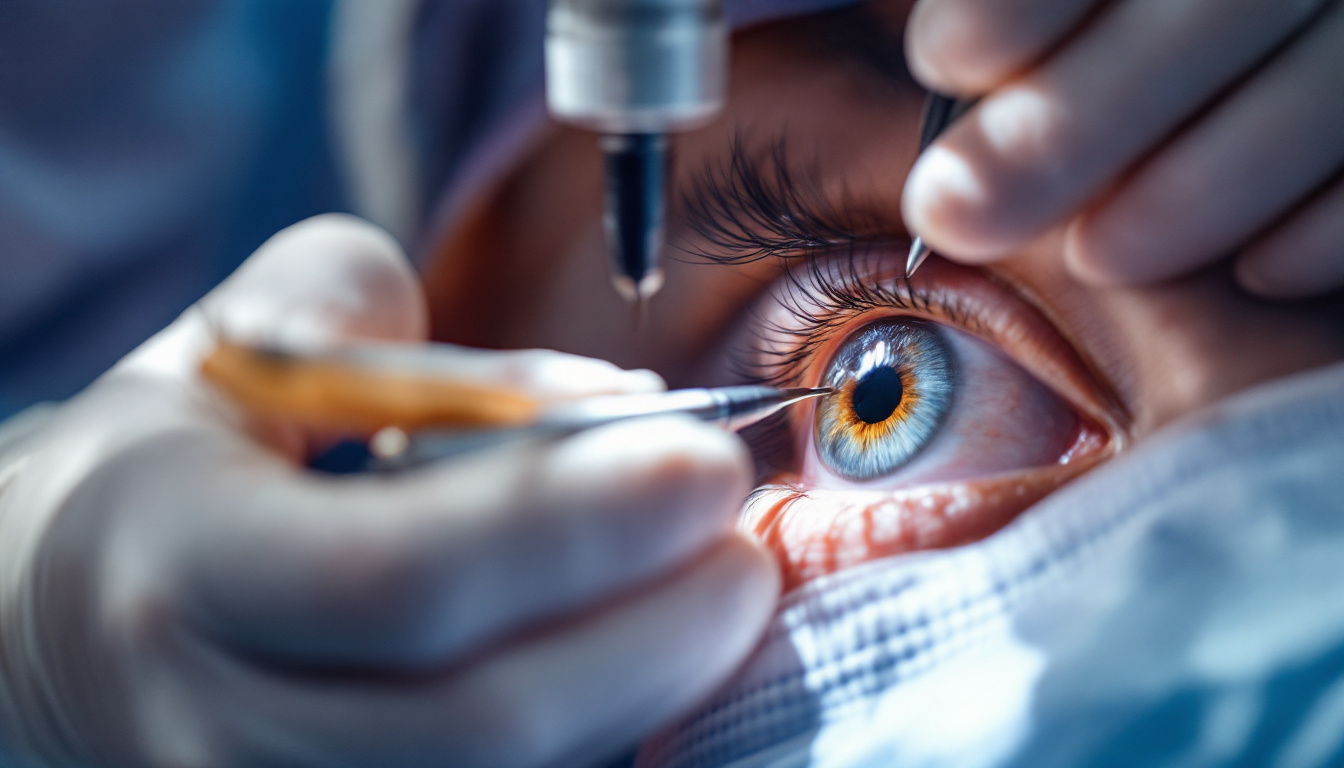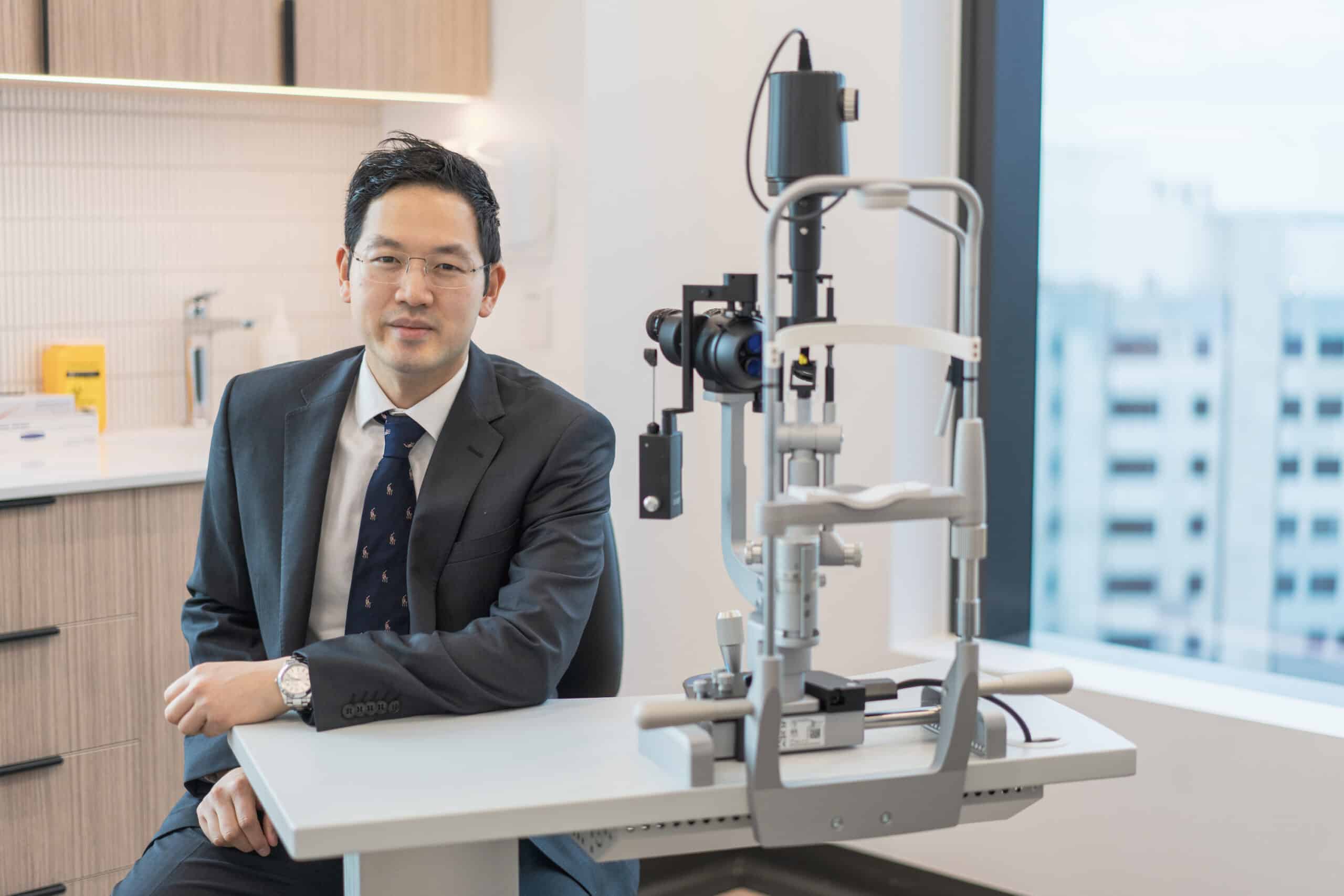Cataract surgery is a common procedure aimed at restoring vision for individuals affected by cataracts. As a major health concern in Australia, understanding the intricacies of this surgery can greatly benefit those preparing for it. This guide will walk you through the entire process, from understanding cataracts to life after surgery, specifically tailored to residents in Sydney.
Understanding Cataracts and Their Impact on Vision
Cataracts are a medical condition characterized by the clouding of the eye’s natural lens, which can lead to blurred vision, glare, and difficulty in seeing at night. This gradual change can significantly impair an individual’s quality of life, making everyday activities challenging.
In conclusion, understanding the entire process of cataract surgery Sydney, from pre-surgery preparation to life thereafter, empowers patients in Sydney to make informed decisions regarding their eye health. With the right support, achieving clearer vision is certainly within reach.

What are Cataracts?
Cataracts develop when proteins in the lens of the eye start to clump together, forming cloudy areas. These changes usually occur as part of the natural aging process, but other factors such as diabetes, prolonged exposure to ultraviolet light, and certain medications can accelerate their development.
There are different types of cataracts, including nuclear, cortical, and posterior subcapsular. Each type affects vision in unique ways, but all can lead to the need for surgical intervention if they become severe. Nuclear cataracts typically cause a gradual yellowing of the lens, affecting color perception, while cortical cataracts create wedge-shaped opacities that can interfere with peripheral vision. Posterior subcapsular cataracts, on the other hand, often develop more rapidly and can significantly impair reading vision and night driving.
How Do Cataracts Affect Your Vision?
The impact of cataracts on vision can vary greatly among individuals. Early symptoms may include slight blurriness or difficulty with night vision. As cataracts progress, individuals often report increased sensitivity to light, double vision, and faded colors.
This change in vision can drastically affect daily activities such as reading, driving, and even recognizing faces. Understanding these symptoms is essential for timely intervention and consideration of surgical options. In many cases, individuals may not realize how much their vision has deteriorated until they experience a significant change, such as being unable to read road signs or feeling uncomfortable in bright sunlight. Regular eye examinations become crucial, as they can help detect cataracts early and monitor their progression, allowing for proactive management of the condition.
Moreover, the psychological impact of living with cataracts should not be overlooked. Many individuals may experience feelings of frustration, anxiety, or depression as their vision worsens. This emotional toll can further complicate their willingness to seek treatment. Support from family and friends, along with education about the condition, can play a vital role in encouraging individuals to pursue appropriate care and maintain their independence as long as possible. Learn more about depression on https://www.nimh.nih.gov/health/topics/depression
Preparing for Cataract Surgery in Sydney
Preparation is key to ensuring a smooth cataract surgery experience. Potential patients should be proactive in gathering information and familiarizing themselves with the process leading up to their surgery date.
Initial Consultation and Eye Examination
The journey begins with an initial consultation with an ophthalmologist. During this visit, a comprehensive eye examination will be conducted to assess the severity of the cataract and your overall eye health. Various tests, including visual acuity tests, slit-lamp examinations, and retinal assessments, may be performed.
Through this examination, your eye specialist can make informed decisions regarding the necessity of surgery and the type of intraocular lens that may be best suited for your vision needs. This is also a great opportunity to discuss any specific concerns you may have about the procedure, recovery, and the potential outcomes. Understanding the various types of intraocular lenses available, such as monofocal, multifocal, or toric lenses, can help you make an informed choice that aligns with your lifestyle and visual requirements.
Choosing the Right Surgeon for Your Cataract Surgery
Selecting a qualified and experienced surgeon is critical for achieving optimal outcomes in cataract surgery. In Sydney, there are numerous professionals available, so it is vital to consider their training, experience, and patient reviews.
- Check credentials: Ensure the surgeon is certified by relevant medical boards.
- Experience matters: Look for a surgeon who has performed a high volume of cataract surgeries.
- Consultations: Schedule consultations with multiple surgeons to find a good personal fit.
Additionally, don’t hesitate to ask about the technology and techniques the surgeon employs. Many surgeons now use advanced methods such as femtosecond laser-assisted cataract surgery, which can enhance precision and reduce recovery time. Reading testimonials from former patients can also provide valuable insight into the surgeon’s approach and the overall patient experience.
Pre-Surgery Instructions and Expectations
Once the decision to proceed with surgery is made, your surgeon will provide pre-operative instructions. These guidelines may include avoiding certain medications and foods that could complicate surgery.
It is also essential to arrange for post-operative transportation, as you will not be able to drive immediately after the procedure. Understanding what to expect can help alleviate any anxiety you may have before the surgery. Your surgeon may recommend preparing your home for recovery, such as setting up a comfortable resting area and ensuring that you have easy access to any necessary items. Additionally, consider enlisting the help of a friend or family member to assist you during the first few days post-surgery, as you may experience some temporary discomfort or blurred vision while your eyes heal. To learn more about anxiety click here.
The Cataract Surgery Procedure
Cataract surgery is typically an outpatient procedure, meaning you can return home the same day. The operation usually lasts around 15 to 30 minutes and involves several steps to ensure successful outcomes.

An Overview of the Surgical Process
The surgery involves the removal of the cloudy lens and replacing it with an artificial intraocular lens. The procedure can be performed using various techniques, including phacoemulsification, where ultrasound waves are used to break up the lens into smaller pieces for removal.
After the cloudy lens is extracted, the new lens is carefully inserted in its place. The safety of this procedure has improved immensely thanks to advancements in technology. For instance, the use of femtosecond lasers has allowed for more precise incisions and lens fragmentation, which can enhance the overall outcomes of the surgery. Surgeons can now customize the lens selection based on the patient’s specific vision needs, whether they require correction for nearsightedness, farsightedness, or astigmatism.
Anesthesia and Patient Comfort During Surgery
To ensure patient comfort during the procedure, local anesthesia is typically used. Some patients may also receive mild sedation to help them relax. Communication with your surgical team about any anxieties or preferences is encouraged, as comfort during surgery is a priority. Additionally, many clinics now offer virtual reality headsets or calming music to help distract patients during the procedure, making the experience less intimidating and more pleasant.
Post-Surgery: Immediate Aftercare and Recovery
After the procedure, you will be taken to a recovery area to be monitored for a short time. It’s normal to experience some discomfort, but most patients find it manageable with prescribed medications. The recovery process is crucial, and adhering to the post-operative guidelines will significantly impact your healing. You may be advised to avoid strenuous activities and bending over for a few days to minimize any strain on your eyes.
Post-operative care instructions will include how to care for your eyes, medications to use, and when to return for follow-up appointments. Typically, vision improves significantly within a few days, but complete healing may take several weeks. During this time, your eye doctor will monitor your progress and may schedule multiple check-ups to ensure that your new lens is functioning correctly and that your eyes are healing as expected. Many patients report a remarkable enhancement in their quality of life post-surgery, as they can enjoy activities like reading, driving, and spending time outdoors with newfound clarity.
Life After Cataract Surgery
Adjusting to life after cataract surgery often feels transformative for many patients. Improved vision can open up new opportunities and enhance daily activities.
Adjusting to Improved Vision
As your vision clears up, it’s essential to give yourself time to adjust. Some patients may experience mild glare or halos around lights initially, but these effects usually diminish over time.
Engaging in familiar activities, reading, or even enjoying hobbies can be more enjoyable as your vision improves. Patients often report a newfound sense of confidence as they navigate the world with clearer sight. For many, this newfound clarity can reignite passions that were once difficult to pursue, such as painting, gardening, or even playing sports. The ability to see fine details can make these activities more fulfilling and enjoyable, allowing individuals to reconnect with their interests and loved ones.
Follow-Up Appointments and Long-Term Care
Following your surgery, follow-up appointments with your ophthalmologist will be necessary to monitor the healing process and ensure optimal outcomes. These visits are crucial for anyone who has undergone cataract surgery.
Long-term care may involve regular eye exams and discussing any changes in your vision with your doctor. Establishing a routine for check-ups can lead to early intervention should any issues arise. Additionally, staying proactive about eye health can involve incorporating protective measures, such as wearing sunglasses to shield your eyes from UV rays and maintaining a balanced diet rich in vitamins that support eye health. Foods high in antioxidants, like leafy greens and fish rich in omega-3 fatty acids, can contribute to maintaining your vision long-term.
Potential Complications and How to Address Them
While cataract surgery is considered safe, it’s essential to be aware of potential complications that can arise. These may include infection, bleeding, or light sensitivity. However, the risk of serious complications is relatively low.
If you notice any unexpected changes in your vision or experience severe discomfort after surgery, it is vital to contact your surgeon immediately. Staying informed and vigilant can help ensure the success of your cataract surgery and enhance your overall eye health. Moreover, understanding the signs of complications, such as sudden flashes of light or a significant decrease in vision, can empower patients to seek timely medical advice. Being proactive about your eye care can make a significant difference in maintaining the clarity and health of your vision for years to come.
Other resources: Signs You May Need Cataract Eye Surgery

